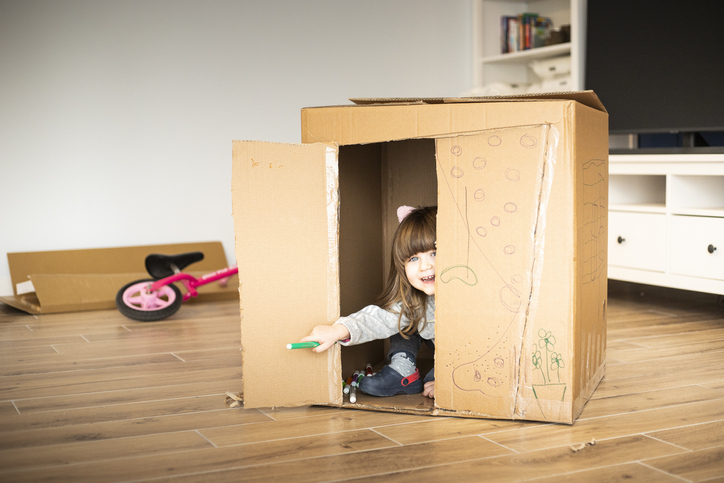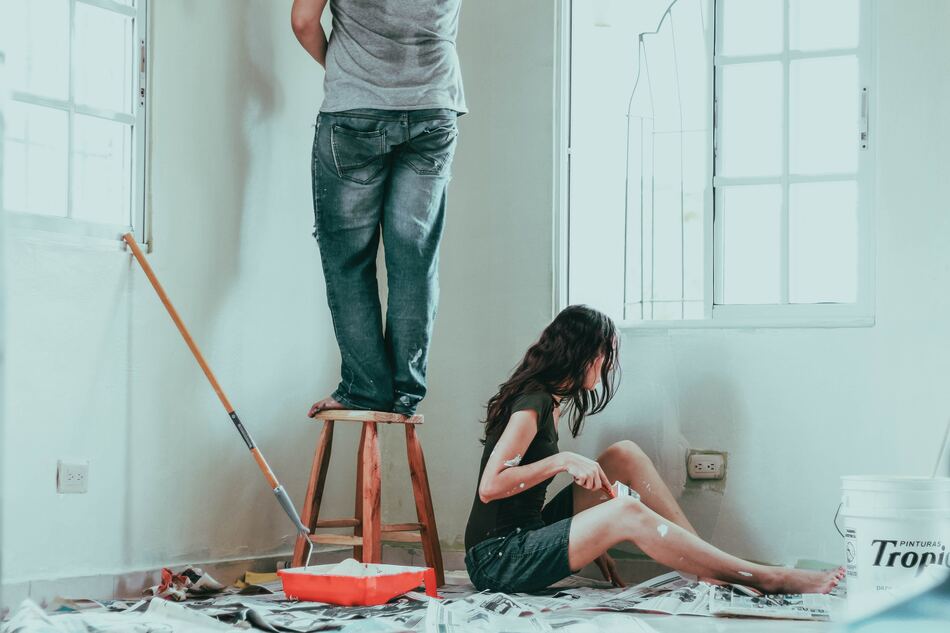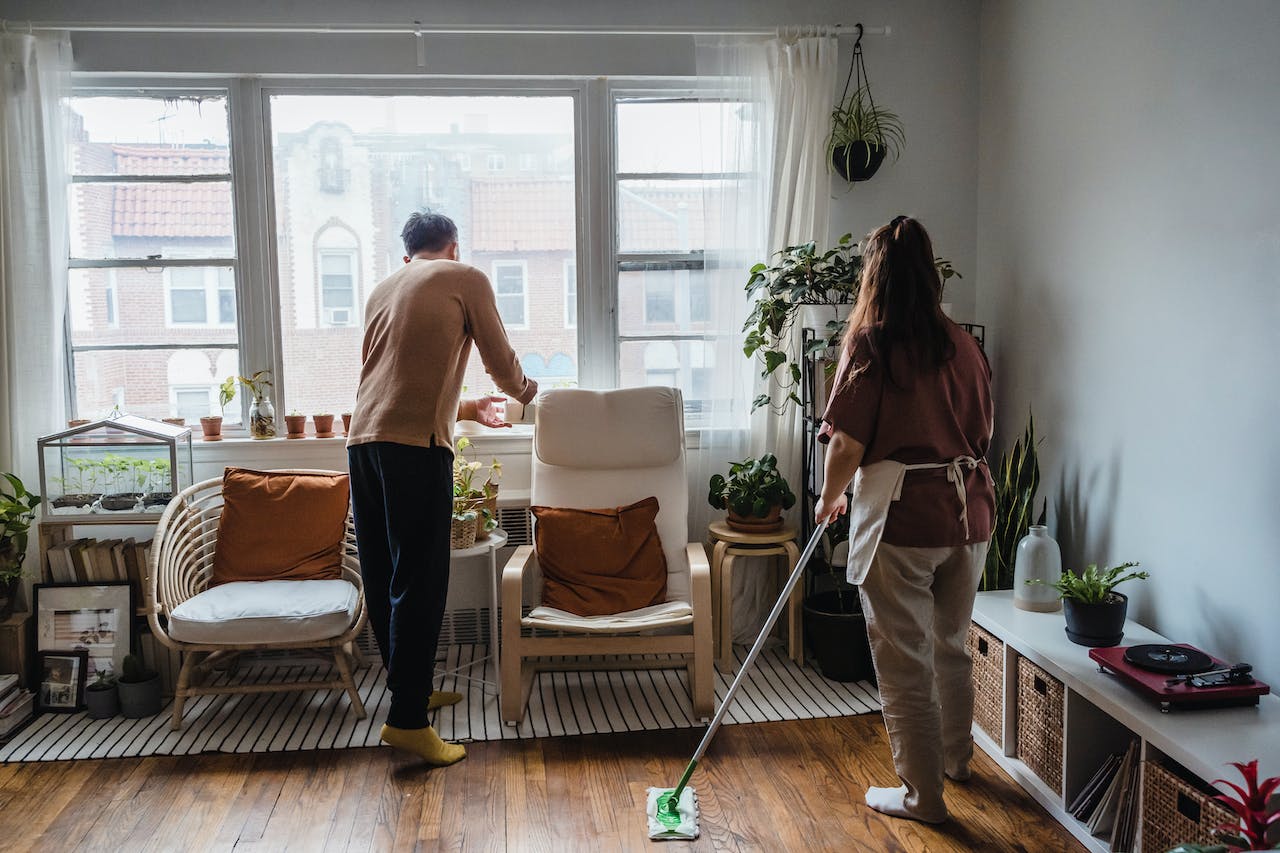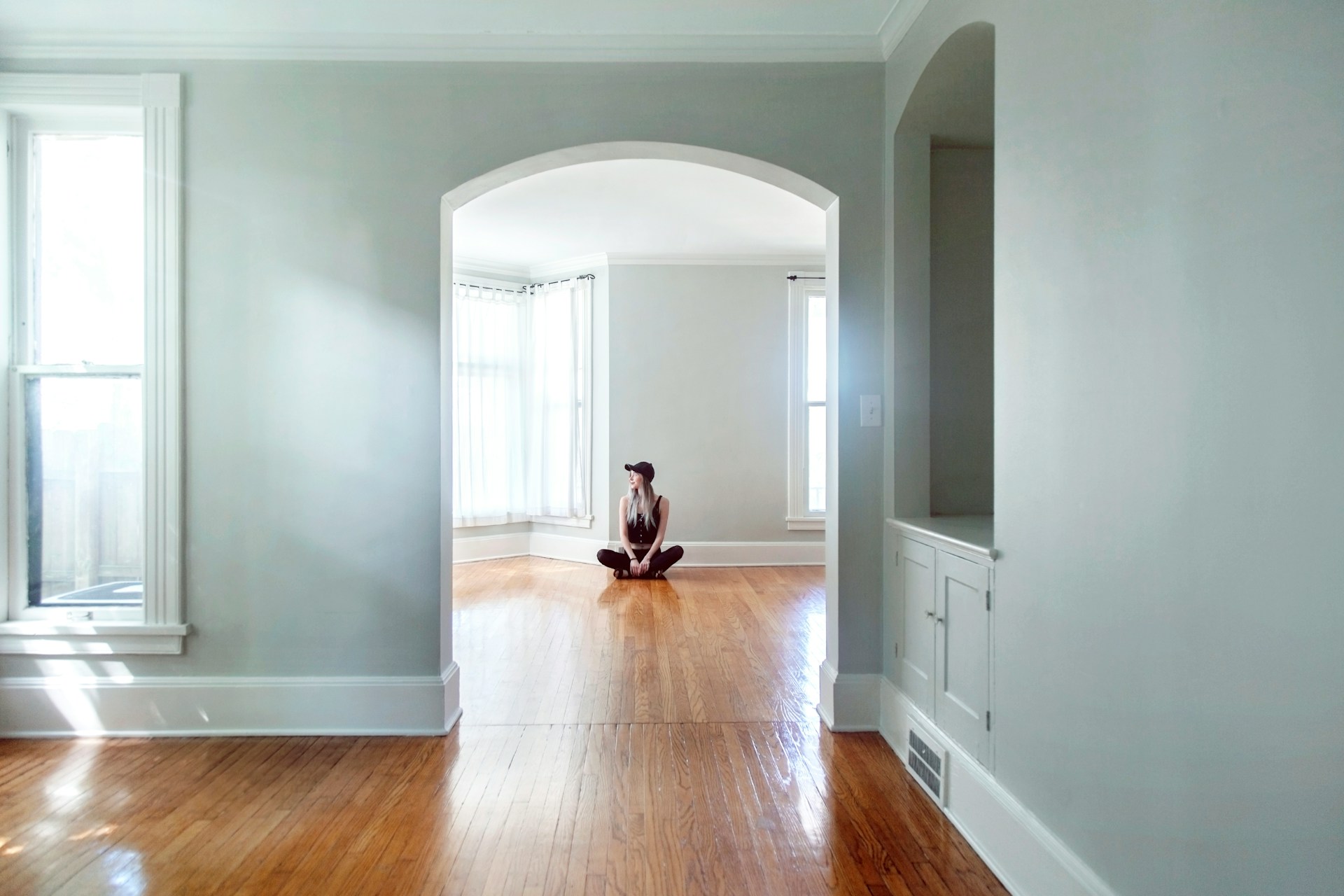Underground bunkers usually conjure up images of people hiding in dystopian wastelands and fighting for survival against the zombie apocalypse. While underground bunkers would be useful in that situation, they’re also built for other (more likely) scenarios. Emergency preparedness for environmental threats and global crises like pandemics are a couple of reasons people from all walks of life build underground shelters.
Why build a bunker?
Disaster could strike at any moment — and it has. Preppers choose to build bunkers because of the uncertainties we live with every day. Bunkers offer protection from natural disasters like earthquakes and tornados and provide a refuge from civil unrest, global crises, and terrorism. Building an underground bunker gives people peace of mind, knowing their family’s future is secure.
Do you need permission to build a bunker?
Before you start digging and building, you’ll need to get permission for construction from your local building officials. You could go rogue, but failure to acquire the proper permits will result in a sizable fine and being forced to disassemble your bunker—and who has time for that? Necessary construction permits vary state by state, but types of permits you might need include:
Grading permit. A grading permit is needed when a project requires earth disturbance via excavations or fillings. Evaluations are typically required to ensure the land you want to build on is safe for construction.
Building permit. Building permits show that your construction plans comply with local, state, and federal laws. This official approval gives you or your contractor the go-ahead to proceed with construction.
Discretionary permit. This permit is needed if your project will potentially impact the surrounding area due to a design feature or the project location.
Plumbing permit. Any plumbing installations in your bunker will require a plumbing permit.
Electrical permit. Get an electrical permit for any electrical wiring or electrical devices you’ll be installing in your bunker.
Choosing a location
Choosing the right location for your bunker is essential. You’ll want a spot that’s safe, easy to access, and secret if secrecy is a priority. Consider these factors when picking the location for your bunker:
Terrain. Make note of what kind of soil you’re working with, natural gas pockets in the land, how deep the bedrock is, and if there’s any water below your construction site. Make sure water drains away from your chosen location.
Nearby water. Avoid choosing an area that’s close to water, because it could flood and drain into your bunker.
Avoid trees. Tree roots are a pain to cut through and make it hard to dig, plus uprooting trees might have negative effects on the geography of the land.
Utility lines. Call 811 to find out where any utility lines are located on your property. Leave at least 18 to 24 inches on all sides of the utility lines.
What materials should I use for my bunker?
Choose your bunker materials wisely. Materials should be secure, water-resistant, and—if applicable—earthquake resistant. You can use wood to decorate your bunker inside, but don’t use it for building, as it will rot and is prone to insect infestation. Make sure you’ve got the proper foundation for whatever type of materials you’ll be using for construction.
Metal. Thick sheets of welded metal create the ultimate underground bunker. Sheet metal is sturdy, moisture resistant, and immune to an infestation. The downside is that sheet metal is pretty expensive, so you might need to find an alternative depending on your budget.
Bricks. Bricks and cinder blocks are fairly affordable choices for your bunker. They’re weatherproof, provide excellent insulation, won’t decompose, and they’re relatively easy to install.
Concrete. Concrete is a great choice for long-term survival bunkers. It’s cheap, can withstand high loads, and it’s easy to pour. Concrete is used for military bunkers, and self-healing concrete lasts up to 200 years.
Shipping container. Shipping containers are a cost-effective and spacious choice for bunkers, but they aren’t very customizable and they’re likely to rust. Shipping containers aren’t meant to be buried, so you’ll need to do some reinforcing before putting it underground.
Designing your bunker blueprint
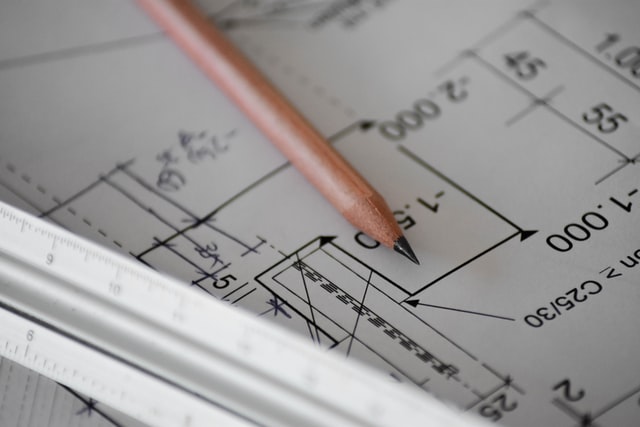
Your bunker will probably be on the smaller side, so planning ahead is important—you want your bunker to be designed to maximize the space you’ve got. When designing your bunker, think of it like designing a small home. FEMA recommends five to ten square feet per person in an emergency shelter, so calculate how much space you’ll need based on how many people will be in the bunker with you.
Other things to consider include:
Open-area plan. Open-area plans allow you to combine spaces, creating a layout that’s multi-functional. Open-area plans make small spaces feel larger and less claustrophobic.
Use vertical space. Clutter has a way of making small spaces feel even smaller. Utilize the vertical space in your bunker. Think stackable storage, shelves, bunk beds, etc.
Wall-mounted furniture. Tables, desks, or beds that fold up save a bunch of space. Being able to tuck away furniture that’s not in use will make the room you have much more functional.
Ventilation. Proper ventilation is needed to supply your bunker with clean air. This is especially important in the event of nuclear fallout. Decide on a ventilation system early on so you can stock up on filters.
Clean water. You could install a water tank but eventually it’ll run out, plus burying your tank will add to construction costs. If possible, tap into the water table. That way you’ll be able to get fresh water from the comfort of your bunker.
Water filtration. You’ll need a water filtration system to keep your water fresh. Ultraviolet light is antibacterial and antiviral, so consider a UV filter for your water filtration system.
Toilet. The importance of proper waste management can’t be overstated. Composting toilets are the best option for long-term bunkers. They don’t use water, but instead transform waste into fertilizer.
Power. Figure out how much wattage you’ll need for a generator to avoid shutdowns or system failures later on. Generators require fuel, so consider investing in a solar-powered generator, which runs on the sun’s rays. You can also consider solar panels and storage batteries.
Secret rooms to connect the bunker to the house. Who doesn’t love a secret room? They’re fun, kids love them, and they can serve as a reading nook. Secret rooms are also a smart addition to your bunker—they allow you to get to your bunker without having to go outside, a major benefit if your house is being invaded or conditions outside are too dangerous to walk through. Adding a secret room leading from your home to your bunker creates a private area for people to escape and adds a little extra space to your bunker experience.
A prepper’s guide to emergency preparedness
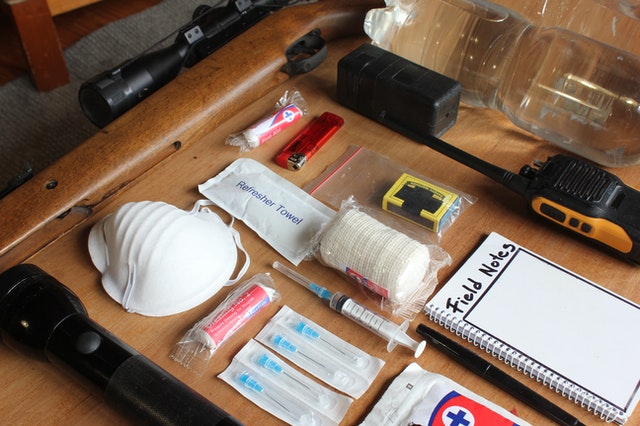
Now that you have your bunker built, what do you need to put in it to be prepared? Stocking your bunker with supplies is just as important as outfitting the structure to withstand attack, natural or otherwise.
When disaster strikes, you should have a bug-out bag ready to go, containing personal essentials like clothes, medications, contact lenses, cash, and other necessary items that aren’t already in the bunker.
Get your bunker ready to go by properly stocking it with what you’ll need to survive for at least two weeks:
Water. Water is a basic need. Make sure you’ve got one gallon of water per person per day.
Food. Keep a two-week supply of nutritious food in your bunker. Canned foods, MRE’s, and dried food are excellent choices for stocking up your shelter.
First aid kit. Sprains, cuts, strains, and swelling are common injuries you need to be prepared for. It’s also a good idea to stock up on N95 or surgical masks and ibuprofen.
Games/reading materials. Cabin fever is no joke, and you’ll need activities to keep your mind busy and entertained. Furnish your bunker with books, crossword puzzles, jigsaw puzzles, painting supplies, and board games like chess.
Eating necessities. Don’t forget eating necessities like plates, silverware, a can opener, and matches. Emergency cooking materials such as canned heat and candles are also good to have on hand.
Toiletries. Taking care of yourself is extra important while you’re in your bunker. Stock up on essentials like toilet paper, towels, soap, toothbrushes, toothpaste, and baby wipes.
Tool kit. Create a tool kit with any tools you might need. Include a hammer, wrench, and screwdrivers, but also things like duct tape, scissors, work gloves, a flashlight (or two), and batteries.
Misc. Other bunker essentials include things like a hand-cranked radio, blankets and bedding, family photos, and a phone charger. Have each member of your family (or whoever will be in your bunker) bring one non-essential item that’s important to them.
Bunkers aren’t just for survivalists and doomsday preppers. Building an underground shelter is one of the best ways you can create security for your family in an uncertain future. The world is an increasingly tumultuous place, and being prepared isn’t only smart—it’s essential.
Additional information about emergency preparedness and prevention:
Prepare Your Home for an Earthquake and Keep You and Your Pets Safe
